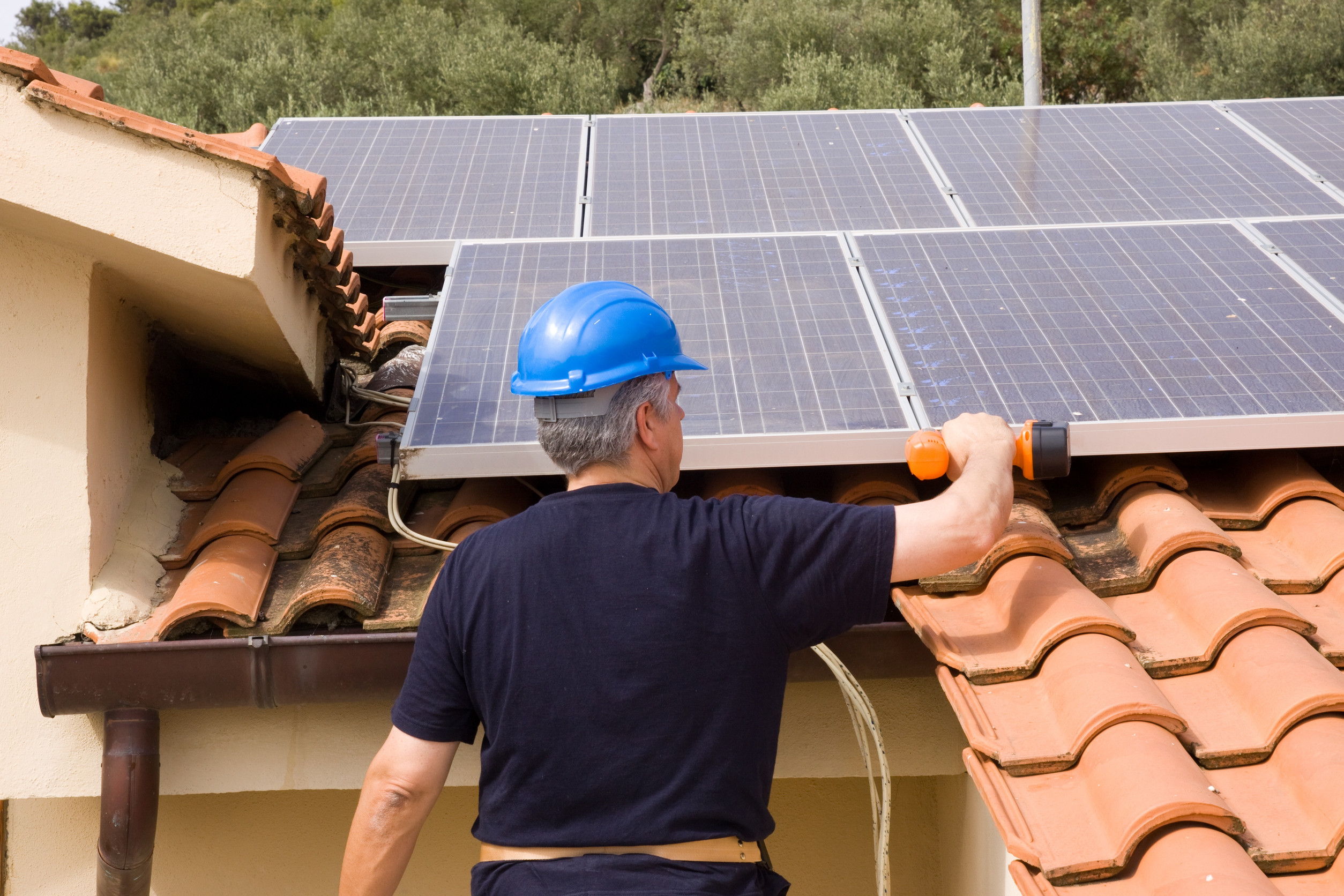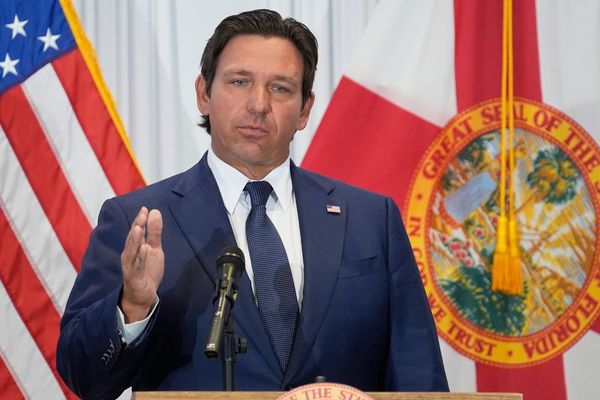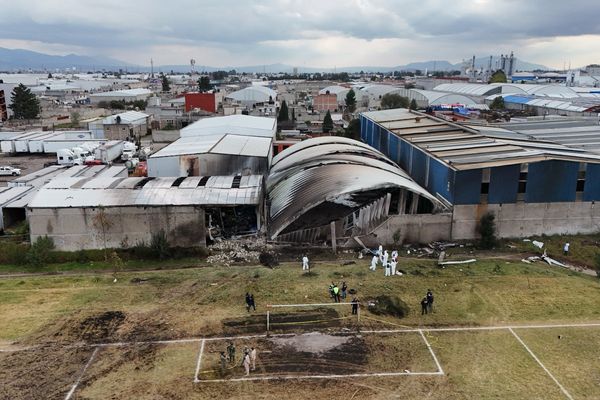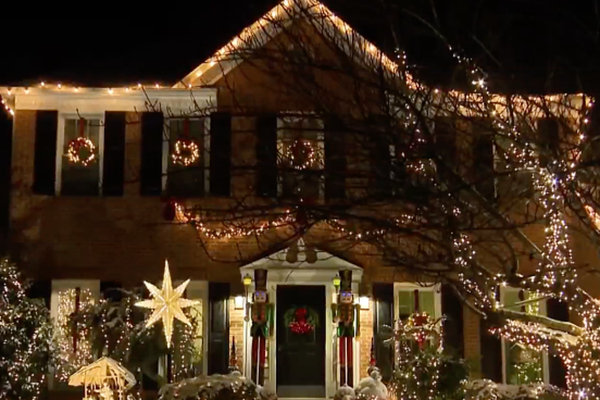
Older homes carry charm, history, and craftsmanship that modern builds often lack—but they also hide costly inefficiencies. Drafty windows, outdated insulation, and aging systems quietly drain wallets every month. Many homeowners overlook these problems because they develop slowly, buried under nostalgia or routine. Yet small energy upgrades can create big returns—cutting bills, improving comfort, and even raising property value. Ignoring them means paying for waste year after year, often without realizing it.
Insulation That’s Past Its Prime
Many homes built before the 1990s lack adequate insulation—or have materials that have degraded over time. Gaps in attics, crawl spaces, or walls allow heat to escape in winter and seep in during summer. This forces HVAC systems to work harder, spiking utility bills. Modern insulation, like spray foam or blown-in cellulose, seals leaks and maintains consistent temperatures. An insulation upgrade can reduce annual energy costs by up to 20%, according to the U.S. Department of Energy.
Drafty Windows That Leak Cash
Single-pane or poorly sealed windows are among the worst culprits for energy loss. Even when closed, they allow warm and cool air to escape. Replacing them with double-pane, energy-efficient models can save hundreds per year. For tighter budgets, adding storm windows or applying weatherstripping provides a quick improvement. The comfort difference is immediate—no more chilly drafts or hot spots.
Outdated HVAC Systems That Burn Money
Furnaces and air conditioners over 15 years old operate at lower efficiency and often use outdated refrigerants. Upgrading to ENERGY STAR-rated systems can cut heating and cooling costs by up to 30%. Smart thermostats add another layer of savings by learning usage patterns and adjusting automatically. Routine maintenance—filter changes, duct cleaning, and tune-ups—also improves performance and extends lifespan. Efficiency starts with awareness.
Leaky Ductwork You Can’t See
Even if your HVAC system is new, leaky ducts can waste 20–30% of conditioned air before it ever reaches rooms. Many homeowners never inspect attics or basements where leaks occur. Sealing and insulating ducts dramatically boosts system efficiency and comfort. Airflow consistency improves, and rooms finally heat and cool evenly. It’s one of the least visible but most impactful upgrades available.
Inefficient Lighting That Adds Up
Older homes often still use incandescent or halogen bulbs, which waste energy as heat. Switching to LED lighting reduces electricity use and lasts years longer. Beyond bulbs, adding dimmers and motion sensors trims usage further. Energy-efficient lighting enhances ambiance while cutting costs. It’s a quick, low-cost fix with fast payoff.
Appliances That Outstay Their Welcome
That vintage refrigerator or washer may still run—but at triple the energy cost of a modern equivalent. New ENERGY STAR appliances use far less electricity and water, paying for themselves over time. Rebates from utilities or state programs often help offset upgrade costs. Replacing one or two key appliances can transform monthly bills. Nostalgia shouldn’t outweigh efficiency.
Water Heaters That Waste Heat
Traditional tank water heaters lose energy keeping water hot around the clock. Replacing them with tankless models or heat pump water heaters drastically reduces standby losses. Even simple steps like adding an insulation blanket or lowering the thermostat save money. Hot water shouldn’t come with cold financial surprises.
Missed Opportunities for Solar
Many older homeowners dismiss solar panels, assuming they’re only for new builds—but retrofits can work surprisingly well. Federal tax credits and local incentives often cover some installation costs. Combined with net metering, solar can dramatically reduce or even eliminate electric bills. For energy-conscious retirees, solar energy is both eco-friendly and financially beneficial.
Comfort Costs Less With Smart Choices
Efficiency isn’t just about saving money—it’s about living better. Upgrades reduce drafts, noise, and humidity swings while increasing resale value. Ignoring inefficiencies is like paying a hidden tax every month. The smartest investment in an older home is the one that pays you back in comfort, safety, and savings.
Have you made any energy upgrades in your home, or discovered how much old systems were costing you? Share your experience below.
You May Also Like…
- Could Energy Upgrades Pay Back Faster Than Your Bond Fund?
- 7 Home Repairs That Disqualify You From Senior Energy Assistance
- 4 Energy-Efficient Home Improvements That Pay for Themselves
- 9 Energy Vampires Sucking Cash From Your Outlets Right Now—Kill Them Tonight
- Energy-Saving Lighting: 7 Tips for Using LED Lighting to Save







